
We’ve all got bad habits, and as part of the family, our dogs are no exception! Luckily, it’s a lot easier to break a dog of their bad habits than it is our own! Dogs will naturally repeat behaviors that they have found rewarding to them. The key to breaking doggie bad habits is to make it more rewarding to NOT repeat them.
Here are five of the most common doggie bad habits – and how to break them!
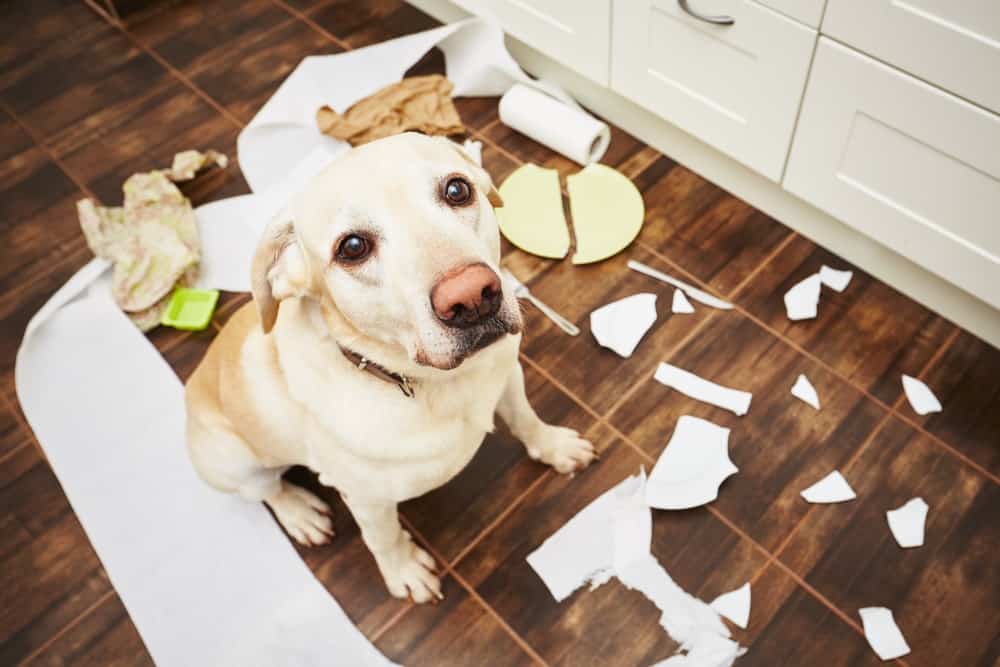
Inappropriate Chewing
All dogs chew, it’s totally natural and should be expected and encouraged. Not only is chewing an outlet for pent up energy, it’s great for keeping teeth and gums in great shape. But, it’s important to teach your dog what’s appropriate for chewing and what is not.
To curb inappropriate chewing, rather than punish your dog for chewing on something forbidden, like your shoes, the furniture, a wall… keep plenty of appropriate chew toys and treats on hand and redirect him to an appropriate object. To reinforce appropriate chewing, reward your dog for chewing on a toy with praise and small training treats each time he makes the right chewing choice. Also, remember that puppies will chew to relieve sore gums, so offer toys made especially for teething puppies. And, if inappropriate chewing in adult dogs continues despite redirection, consider increasing their exercise and providing additional mental stimulation.
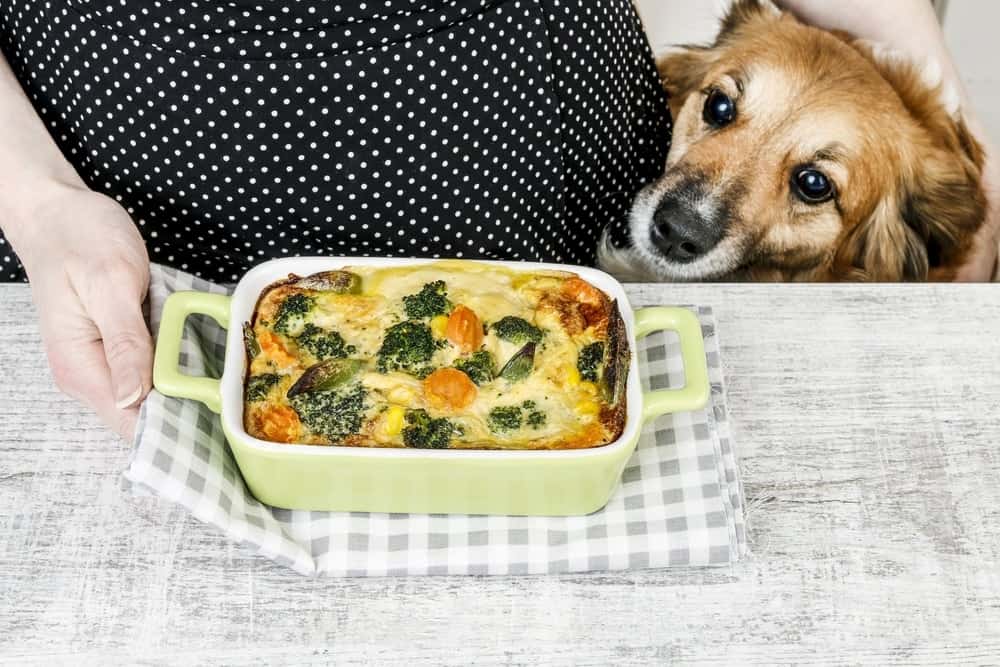

Begging
As a general rule of thumb, dogs have a naturally tendency to repeat behaviors that have previously been rewarding for them. If your dog is a beggar, chances are you’ve reinforced that behavior by giving in to those irresistible puppy dog eyes a time or two. To curb begging behavior, you’ll need to be consistent in never, ever feeding your dog from the dinner table or from your snack in front of the tv. Your dog will eventually learn that begging is not rewarding and will stop the nuisance behavior.
In addition to never giving in to begging, consider training your dog to lay down, go to his bed, or into a crate during your own meal and snack times. You can reinforce this by offering your dog a stuffed Kong toy, bully stick, or other long-lasting chew treat while you’re eating. Or, plan your dog’s meals around your own, so that he’s peacefully eating from his bowl while you’re peacefully eating from your plate.
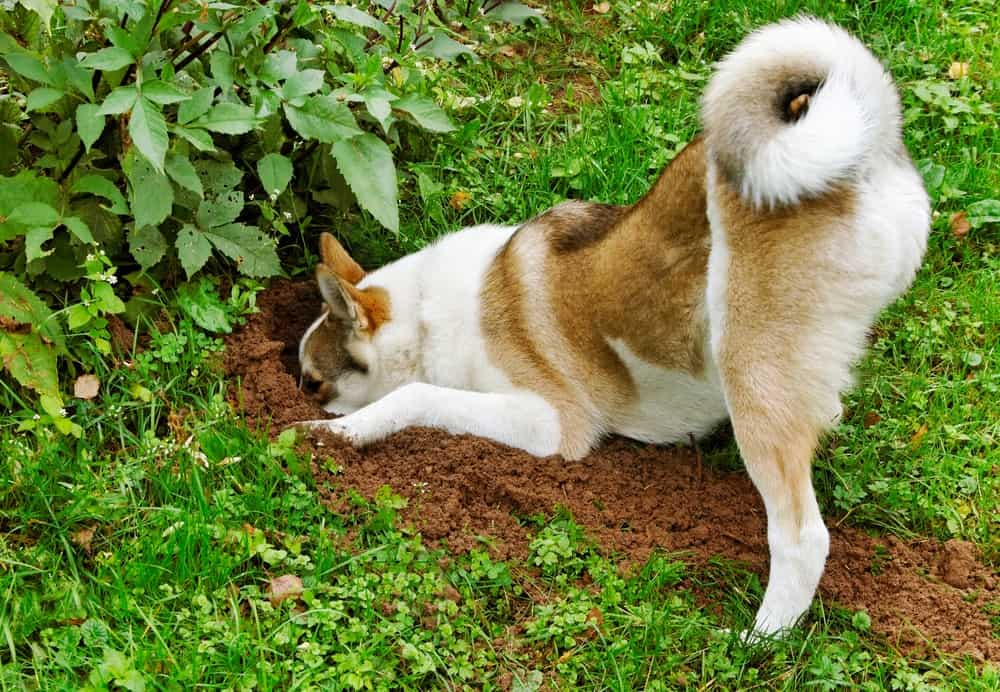

Digging
Digging is a common complaint among dog moms and dads, despite it being a perfectly normal, natural behavior for many dogs. Curbing this bad habit requires first understanding the reason behind it. Your dog may be digging to find a cool, comfortable place to rest on hot days, or likewise, to find warmth on a cold day. He may be digging to find prey, like ground squirrels, lizards, or rabbits whose scent he’s tracked. He may be digging to escape, out of boredom, to bury prized possessions, or, well, because he simply likes it.
If your dog is digging to cool off, provide him with a more comfortable place to rest, indoors or on a cooling mat. If he’s digging to track a scent or out of simple boredom, distract him and offer an alternative form of play instead. And, if your dog simply loves to dig, why not create a special area of the yard where this behavior is acceptable, such as in a sandbox or a bordered section of the yard. Just remember to always reinforce good behavior with praise and/or treats.
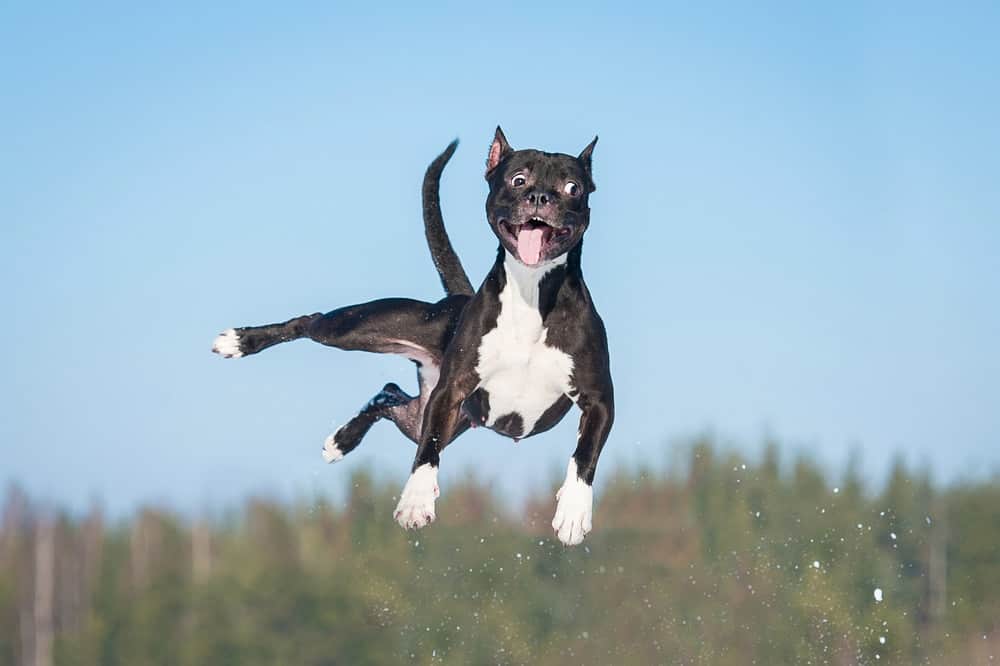

Going Crazy in Anticipation of Walks
For most dogs, going for walks is a favorite activity, so much so, that they tend to go completely bananas at the mere suggestion. Does your dog start jumping and running around when you put on your walking shoes? Does he go bonkers when you merely touch the leash hanging on the wall? Luckily, this is a fairly easy habit to break, but it does take some time to overcome.
If you’re like most dog parents, you generally only pick up your dog’s leash right before going for a walk or heading out the door for a car ride. As such, your dog has learned that when you touch that leash, something fun is going to happen. While some pet parents enjoy seeing their dogs so happy and can overlook this habit, some dogs become so excited that they’re impossible to attach a harness or leash to! To overcome this bad habit, you’ll need to spend a few minutes every day desensitizing your dog to the sights and sounds that typically happen before a walk. For some dogs, just walking toward the leash hook is enough to set them off. If that’s the case, start there. A couple of times each day, walk toward your dog’s leash. If this alone is enough to excite your dog, simply turn around and walk away. Continue repeating this a few times daily until the sight of you approaching the leash no longer causes your dog to become excited. Once you can reach for the leash without getting a rise out of your dog, pick the leash up and hold it. Do this a few times a day until your dog no longer gets excited at hearing his leash being moved. Next, work on being able to put on your dog’s harness or collar and leash without him getting excited. Remember to always use your cue, like “Let’s go for a walk!” after you’ve already attached your dog’s leash
Bonus: This same technique can be used to desensitize your dog to other specific sounds or activities that make him go crazy, like a knock at the door, touching your car keys, or running the bath water. Just recreate those sights and sounds that cause your dog to anticipate something exciting until he no longer reacts to them.
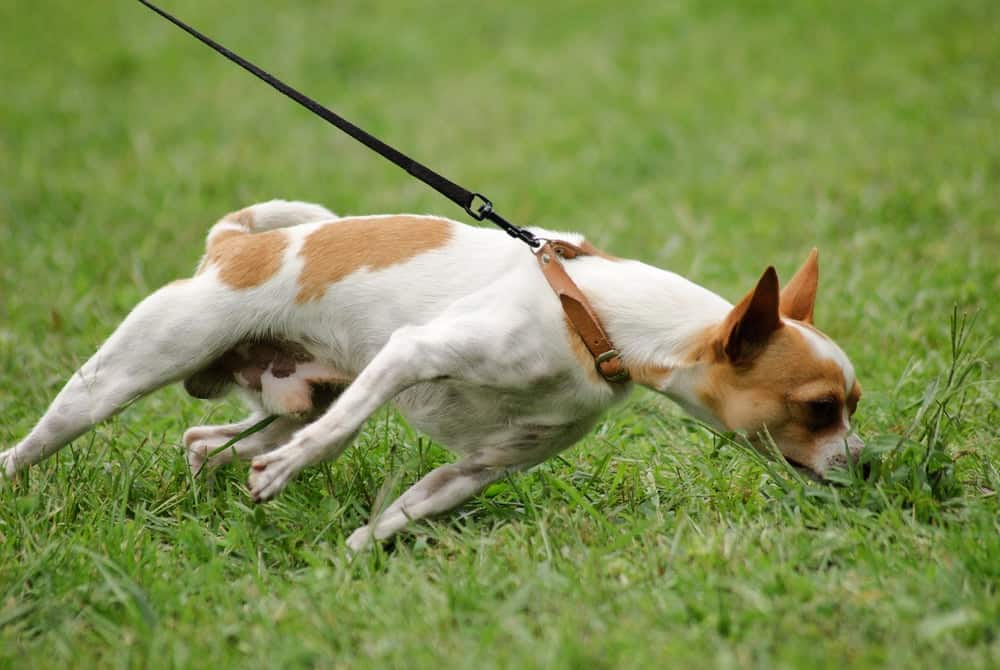

Leash Pulling
Like the previous bad habits listed above, dogs that continuously pull on their leash during walks have learned to do so because it’s been rewarding for them in the past. In most cases when a dog pulls, their owner may be pulling back, telling them to stop, or struggling to keep up – but continuing to move forward, thus inadvertently teaching their dog that if they pull, they get to go to where they’re pulling toward.
In simplified terms, the easiest way to stop leash pulling is to not allow your dog to move forward unless the leash is loose. If your dog begins pulling on the leash, stop, plant your feet firmly on the ground, and do not allow him to move forward until he relaxes. If he doesn’t relax, turn around and begin walking in the opposite direction. However, for many dog owners, that’s much easier said than done. While a dog can be taught, with effort and consistency, to not pull while wearing a standard collar, using front-clipping no-pull harnesses can make the process quite a bit easier. With these harnesses, each time a dog pulls, they are pulled away from the direction they’re headed and will quickly learn that in order to keep moving forward, they have to stop pulling.
What other bad habits would you like your dog to break? Please, let us know in a comment below.



